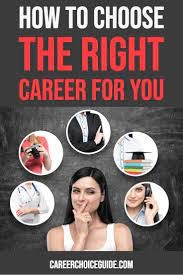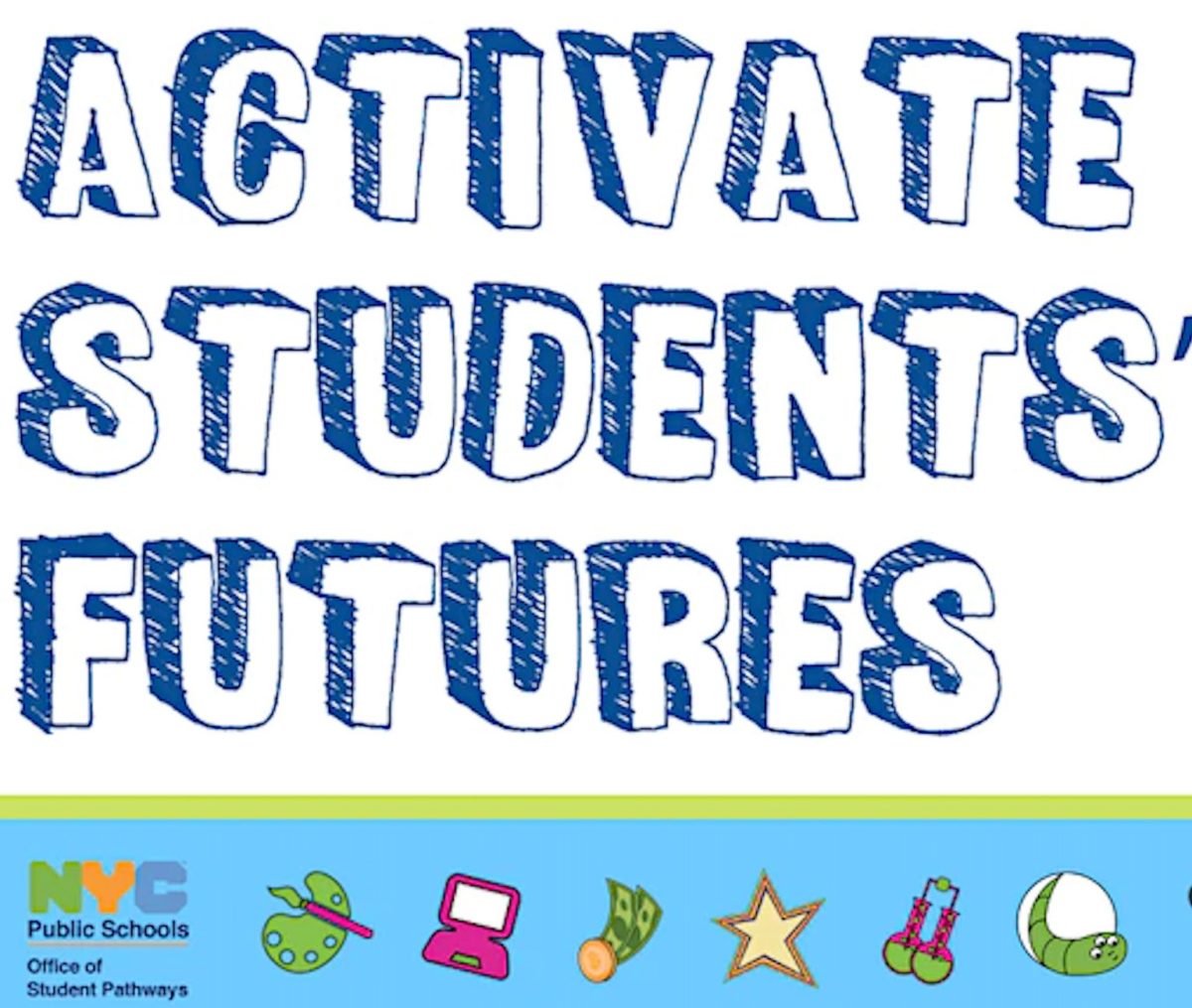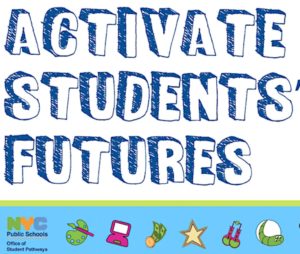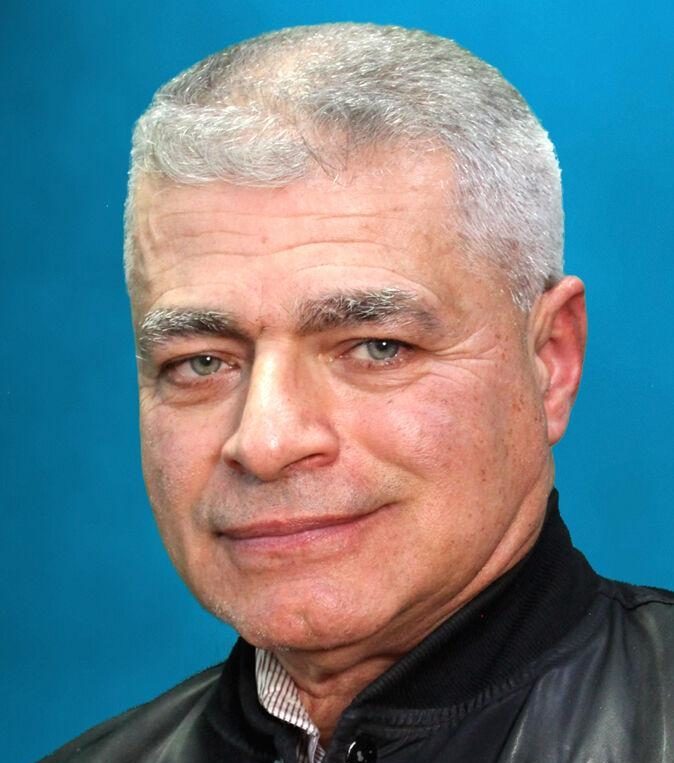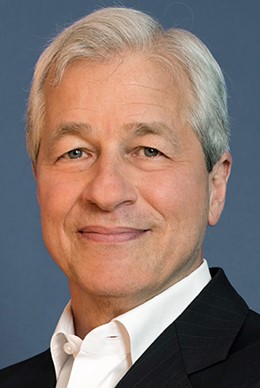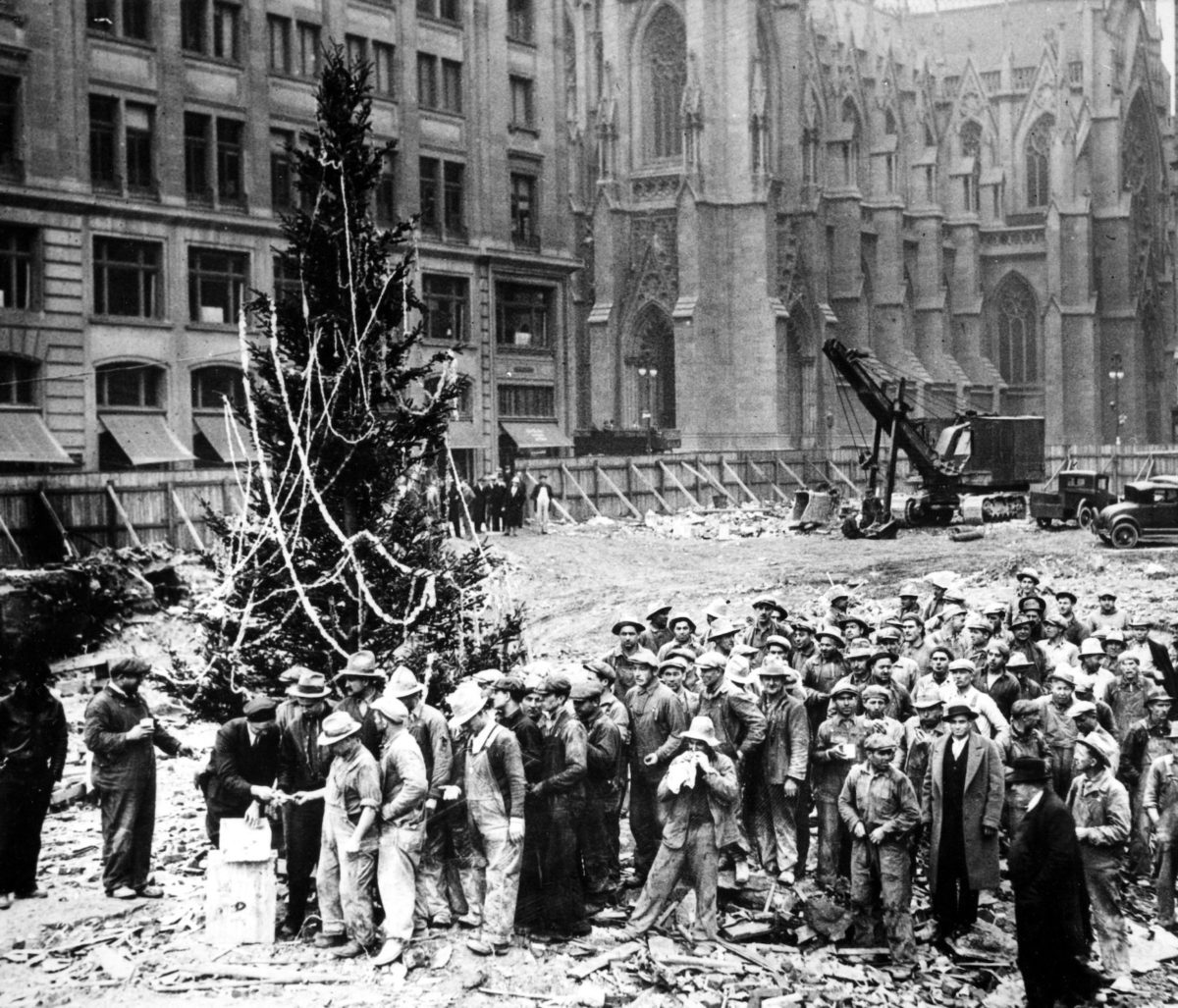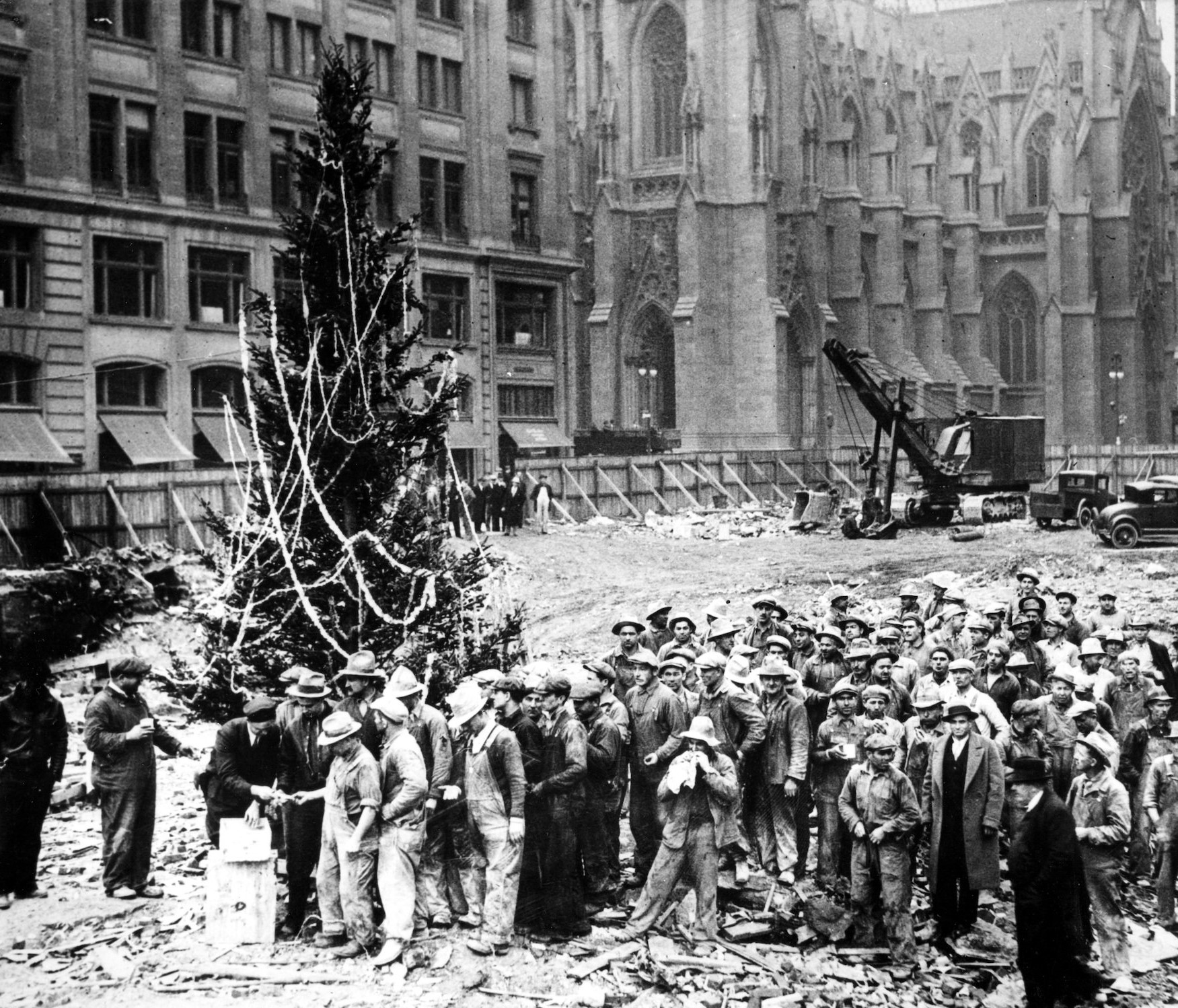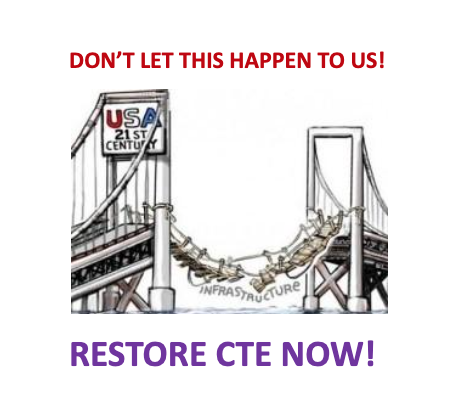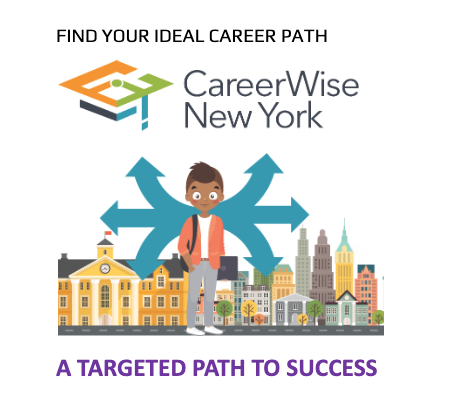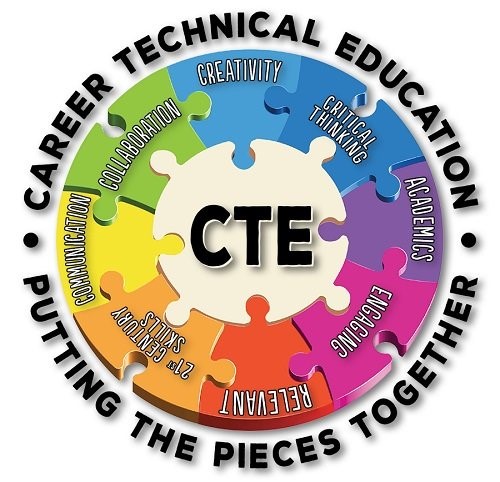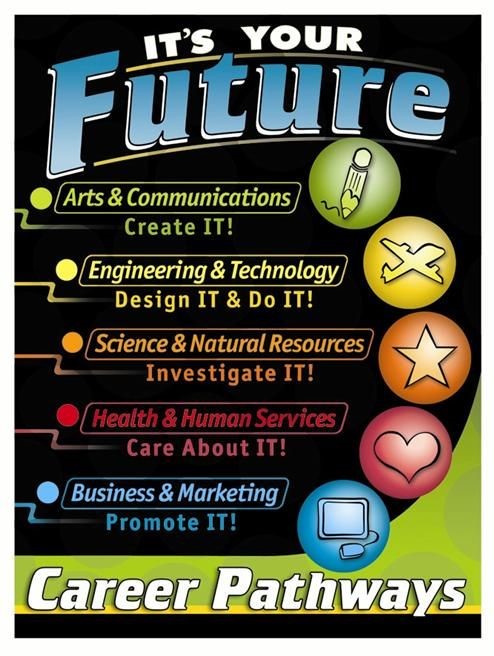Porcelli: The Other Side of Education (2/9)
CTE Shop Class: NOW – IT’S HIGH-TECH
Celebrate today, own tomorrow!
By Mike Porcelli
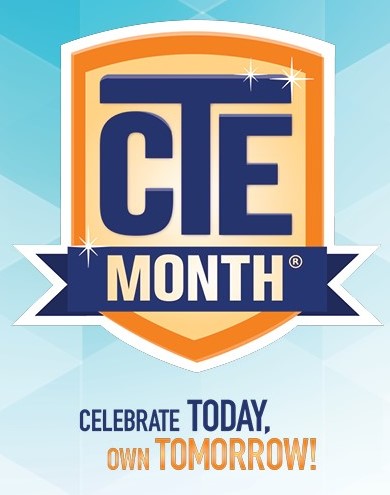
Each February, CTE Month is organized by the Association for Career and Technical Education. Their theme is: “Celebrate Today, Own Tomorrow.”
To me, this slogan represents celebrating every opportunity to learn skills today that will allow people to own their tomorrows. This is the mission of all CTE programs. https://www.acteonline.org/why-cte/cte-awareness/cte-month/
This annual celebration of skills education is becoming increasingly important to the future of our workforce, as demand for workers with trade skills grows daily.
As a result of the high cost of college tuition and the lack of high-paying jobs for recent graduates of higher four-year institutions, CTE programs have rightfully gained in popularity among the families of many students. Recent statistics show how CTE graduates of high school and community college or trade schools, learn job and life skills that set them on a path to highly successful careers. Many of them who gain advanced certifications in their fields will earn considerably more than the average college-grad, who fell into the “college trap,” and got an expensive, mediocre degree, an unsatisfying job and huge debts.
I’ve repeatedly applauded the NYC Department of Education for its efforts to restore and expand CTE programs citywide. Their pilot program, FutureReadyNYC, teaches labor market-aligned skills to prepare students for successful futures. The program is intended to provide students with, “real skills, a strong plan for after high school and a head start for where they are going… college credits and/or industry-aligned credentials.” I commend DOE for this initiative and urge it be offered to the entire school population as soon as possible.
Recently, I was pleased to participate in DOE’s professional development presentation intended to improve the adoption of their Career-Pathways CTE programs throughout the system. It was an excellent opportunity for teachers to learn the value of CTE for students. Hopefully, it will be a step toward increasing enrollment in these programs, for all students who can gain the most benefit from them.
Last week, I was also pleased to participate in a CTE Black History Month program at Thomas Edison High School in Jamaica Hills, where many graduates of this excellent CTE school come back to their alma mater to share how their CTE experiences led to their highly successful careers. Whether they later earned college degrees, or gained trade certifications in their respective fields, they are all success stories, thanks to the Career and Technical Education provided by their outstanding teachers at Edison.
DOE is certainly on the right path with their CTE programs. But it appears to be missing an opportunity to promote their “new & improved” version of trade education during CTE Month.
Unfortunately, I could find no mention of CTE Month on their weekly blog: https://morningbellnyc.com/ or on: https://www.schools.nyc.gov/ . You can learn all about CTE at DOE here: https://cte.nyc/web/welcome
The DOE is on the right track, but should do more to promote CTE in all media outlets…now – during CTE Month!

Academic & Trade Education are Two Sides of a Coin. This column explores the impact of CTE programs on students, society, and the economy.
Mike Porcelli: life-long mechanic, adjunct professor, and host of Autolab Radio, is committed to restoring trade education in schools before it’s too late. https://www.linkedin.com/in/mike-porcelli-master-mechanic-allasecerts/




